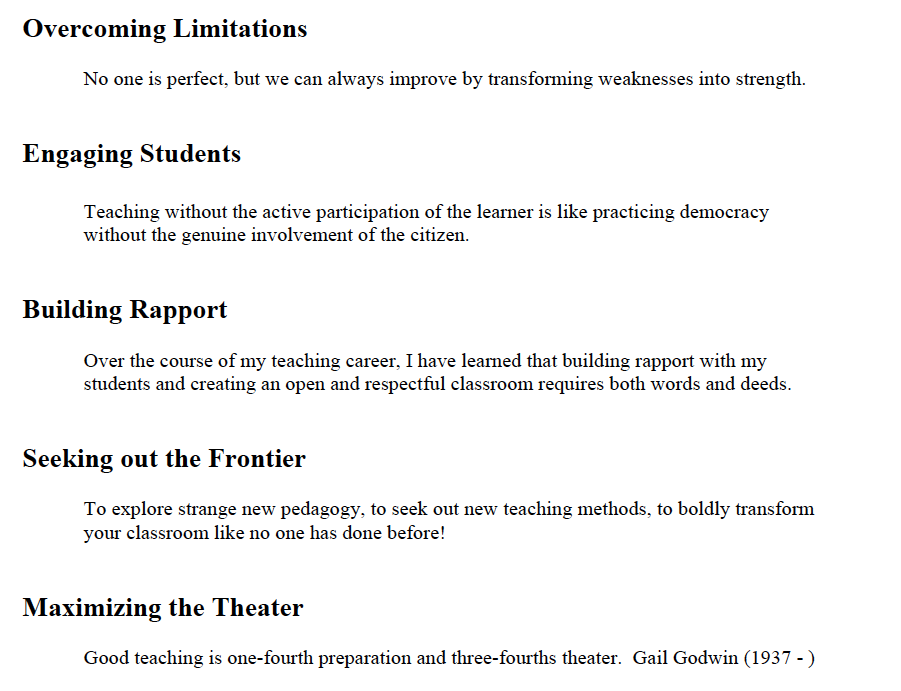First and foremost, I have say that talking about feelings and emotions is never an easy task, if one is doing it right. However, it is indeed mighty rewarding when seen through. "It is widely known that attitudes have a direct relationship to teacher actions in the classroom; therefore, gaining an understanding of teacher knowledge and attitudes with regard to students with disabilities is an essential step in improving the educational outcomes and school experiences of these students" Mulholland, S. et al., (2016).
Having personally suffered a partial and almost insignificant disability in my right hand and arm and my left foot due to being involved in a car accident over 25 years ago, I can only imagine what living with a real disability might be like for these children. I will not deny that this unit's readings, including shared real and hypothetical instances of different forms of student disability posted to discussion board, have made me somewhat emotional a number of times. Trying to analyze these emotions, I find them strangely mixed and unwarranted for the most part. An attempt to identify said emotions would find sympathy, remorse, pity, compassion, shame, guilt, anger, appreciation, and gratitude, among other feelings. Each of these emotions could be analyzed even further, but that would drain time and energy unnecessarily. Nevertheless, bringing said emotions on the topic to the forefront of one's awareness, acknowledging their presence, and then letting them pass in peace is a good idea, when it comes to teachers' own-preparedness.
Teachers know that students are equated to super-sensitive sensors that pick up even the subtlest change in behavioral norms displayed by their teachers. As captains of the classroom-ship, teachers should never become emotionally compromised in front of their students. This is why addressing these emotions early on and being through with them is a good place to start getting ready to handle similar real life situations in the future while equipped with effective tools and approaches embedded in theory.
Evidently, teachers attitudes towards disability in general, disabled students, and the required pedagogical approach can be analysed down into three categories: teachers' cognitive beliefs, affective states, and perceived control. The first represents the sum of a teacher's evaluative thoughts and beliefs related to disability, gender, and the perceived difficulty of the process. The second represents the overall feelings and moods experienced by teachers when dealing with disabled students i.e. the amount of enjoyment or otherwise anxiety. The third refers to a teacher's own perception of self-efficacy.
Being able to analyze and understand the significance of one's own meta-data is ultimately indispensable, for it is the teacher's attitude that determines the overall effectiveness of pedagogy and thus, the learning process.
References
Educating One and All. (1997). THE NATIONAL ACADEMIES PRESS. doi: 10.17226/5788
Mulholland, S. et al., (2016). Investigating teacher attitudes of disability using a non-traditional theoretical framework of attitude, International Journal of Educational Research, Volume 80, Pages 93-100, ISSN 0883-0355, https://doi.org/10.1016/j.ijer.2016.10.001.
